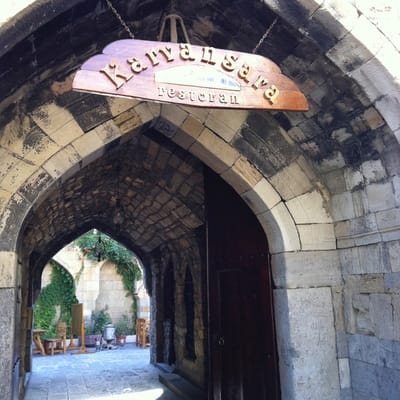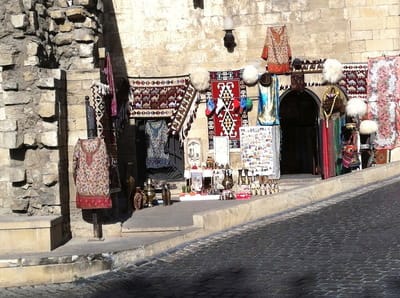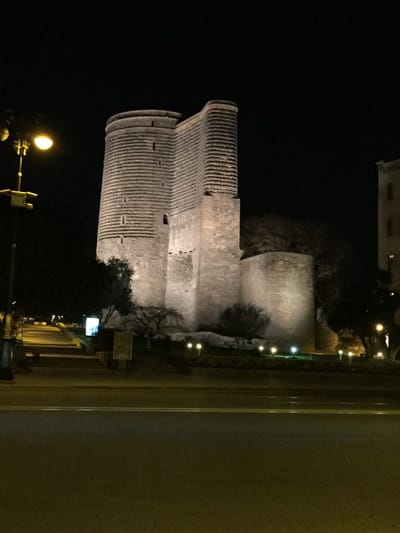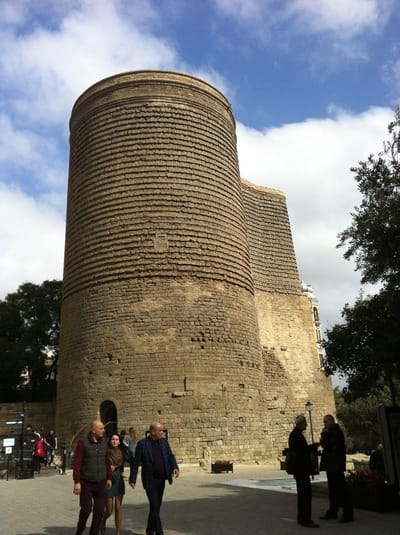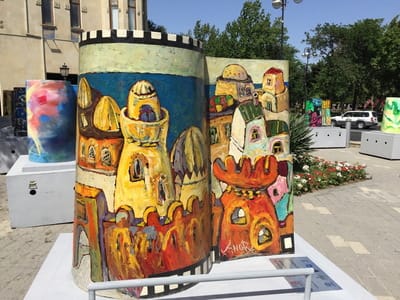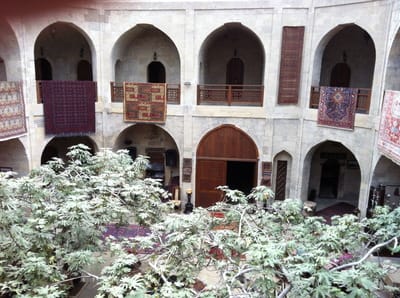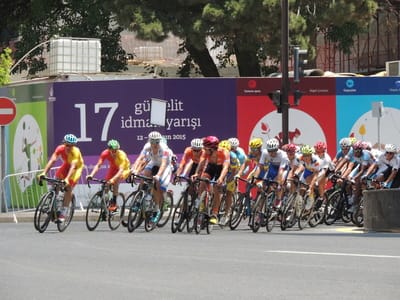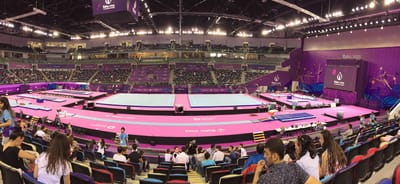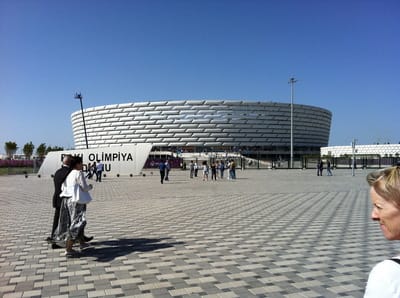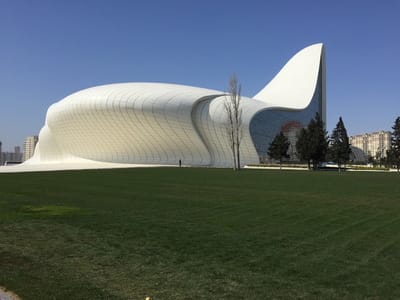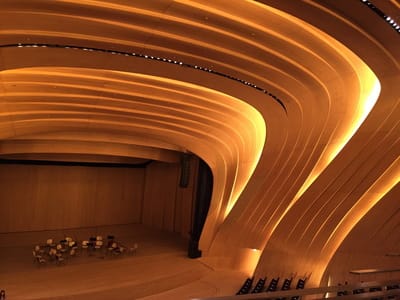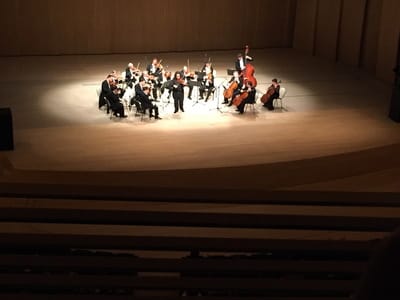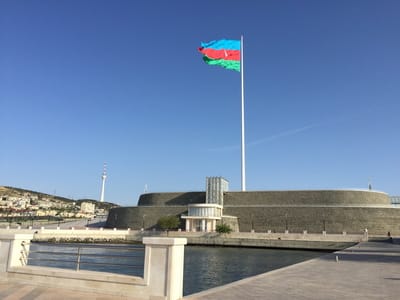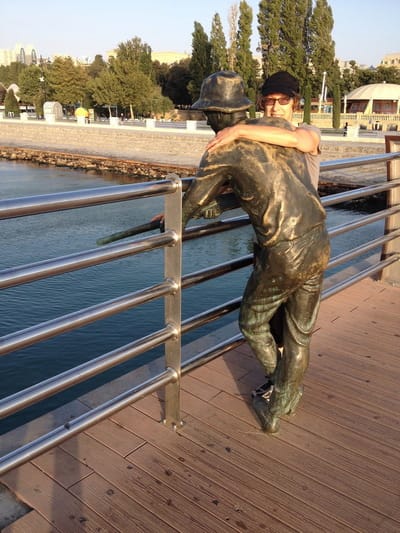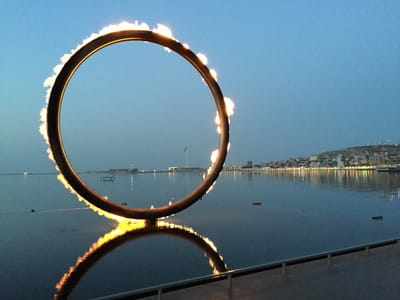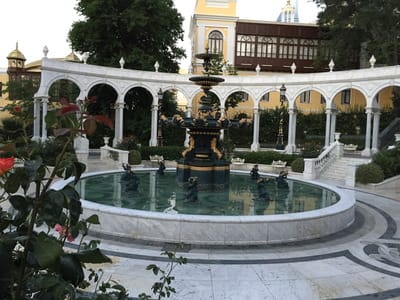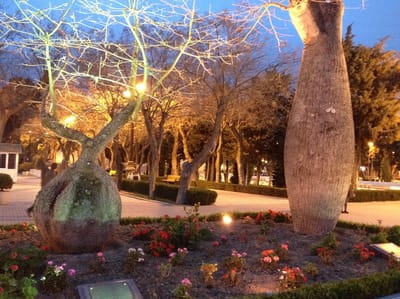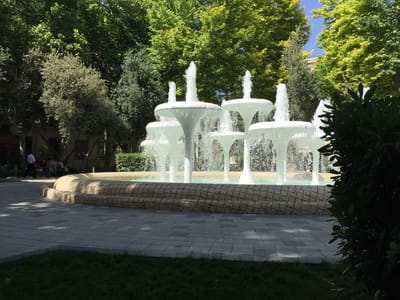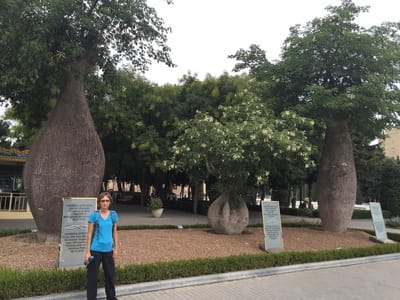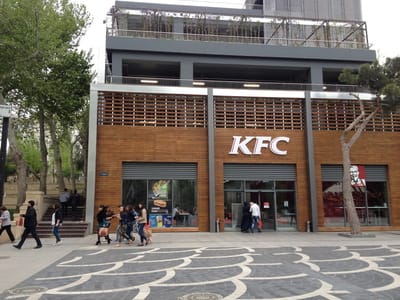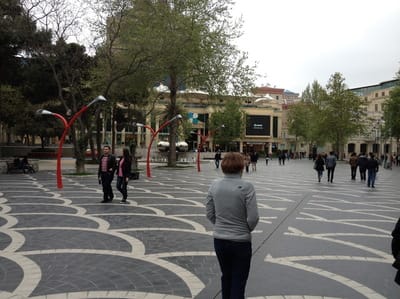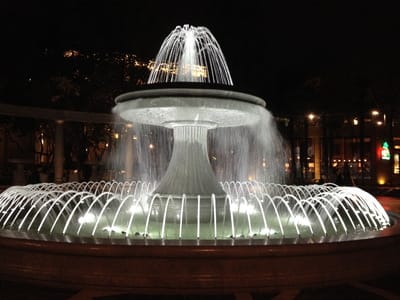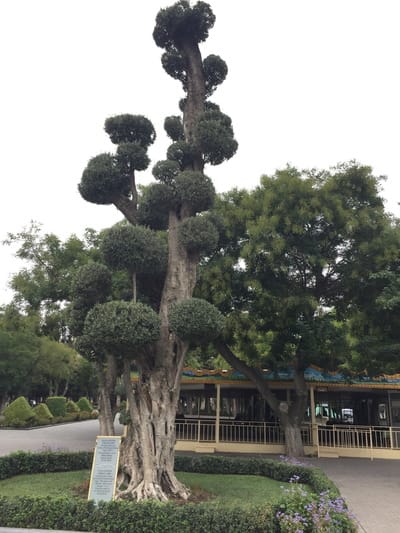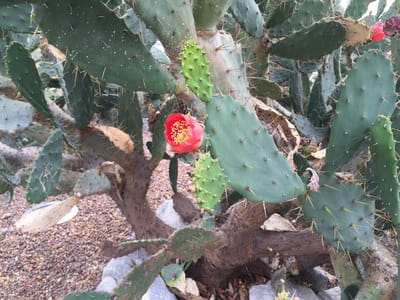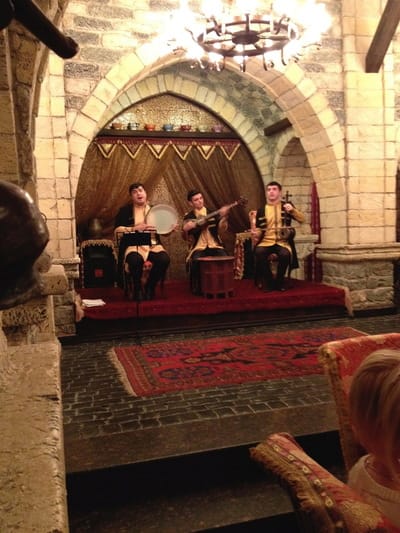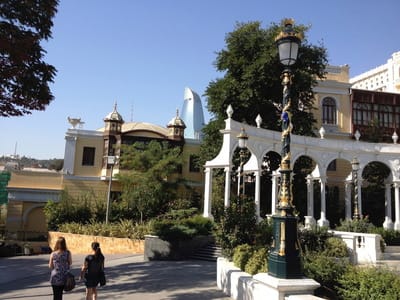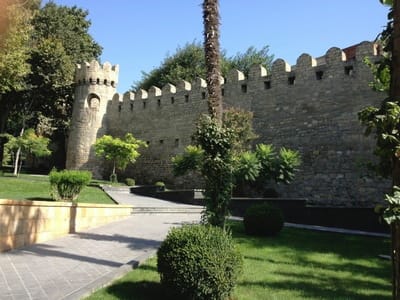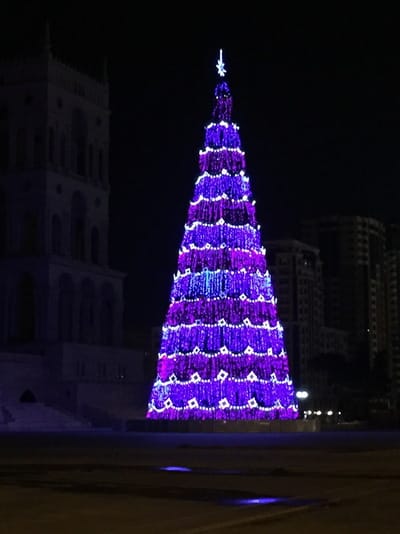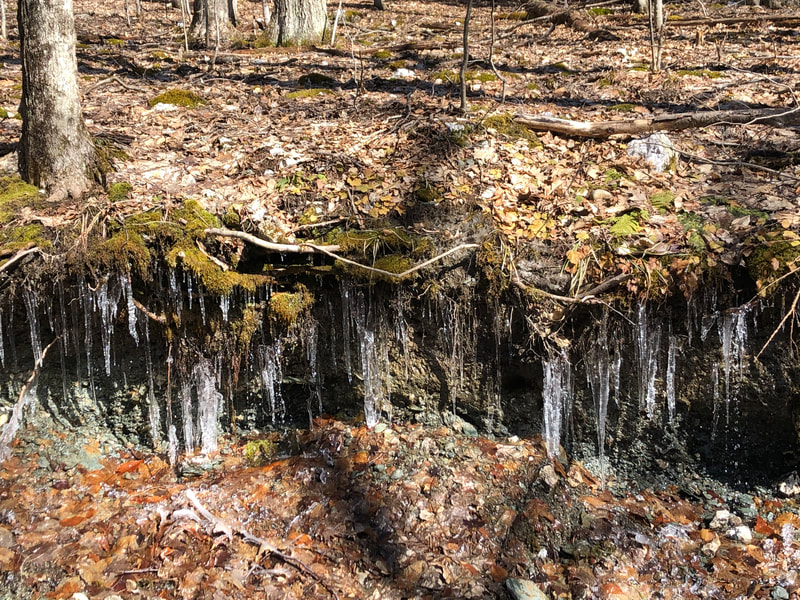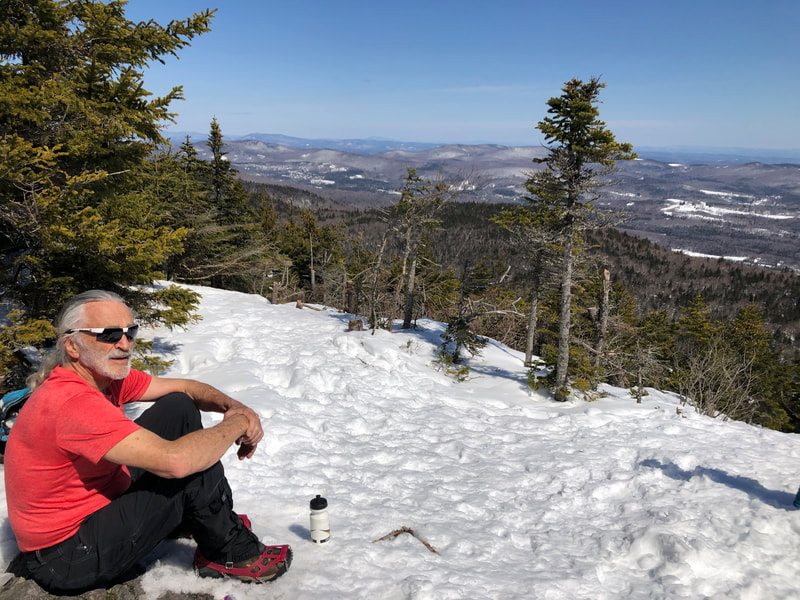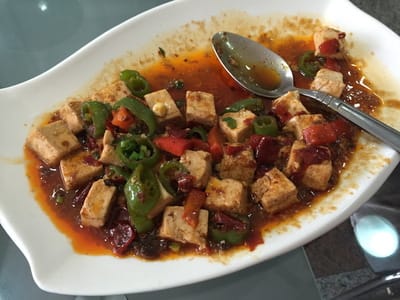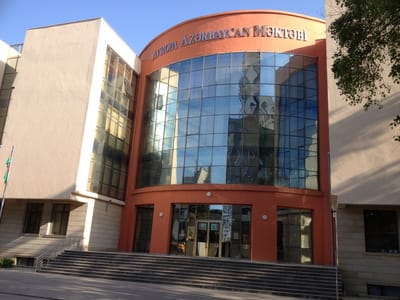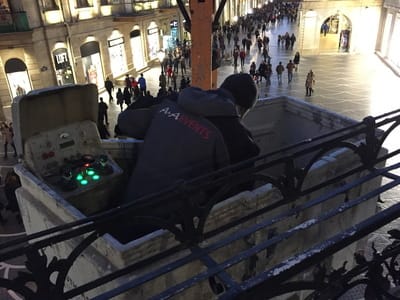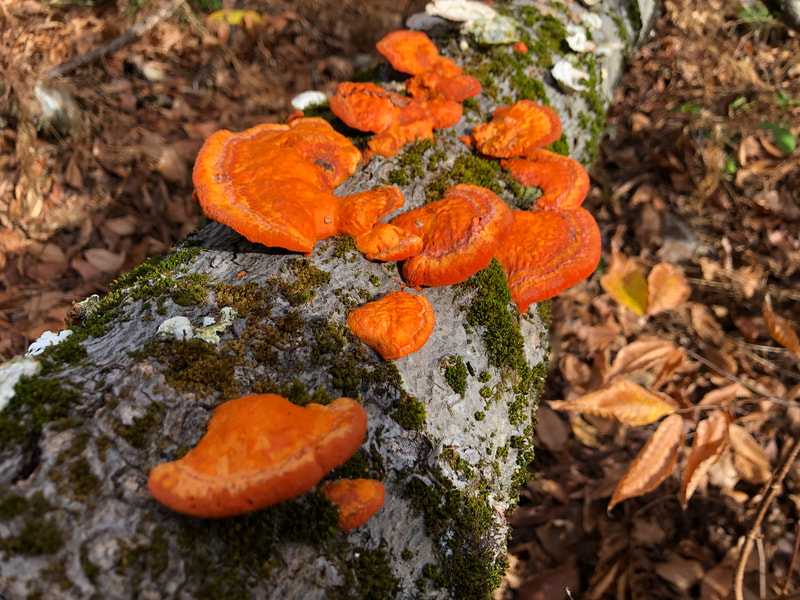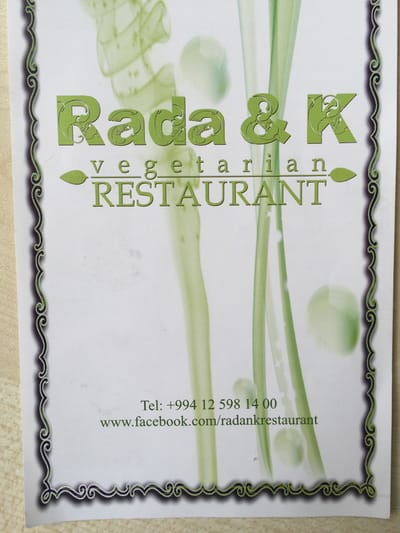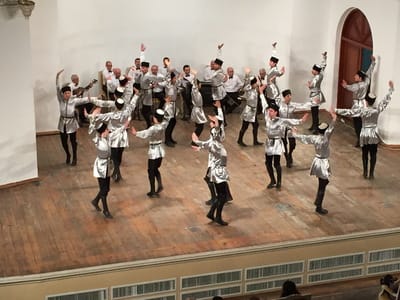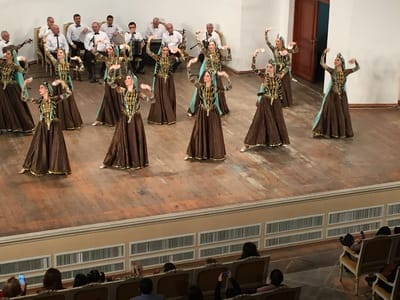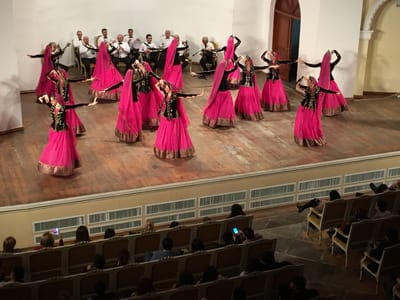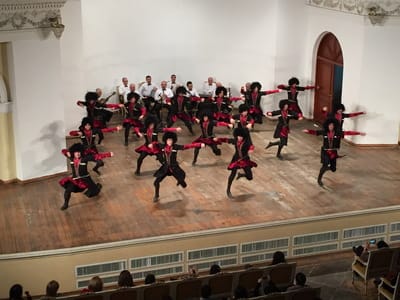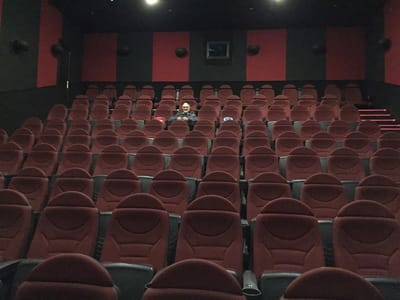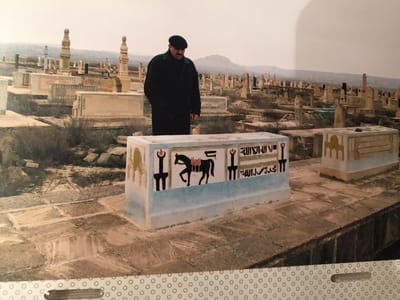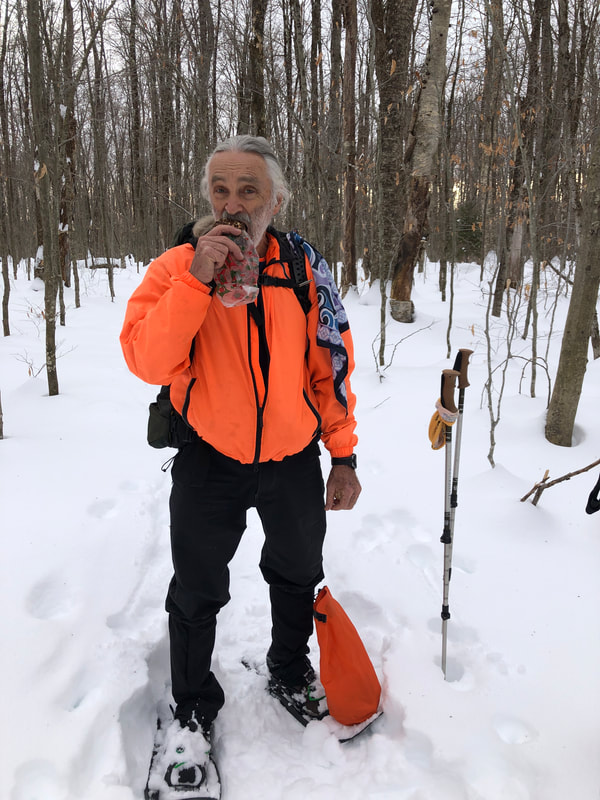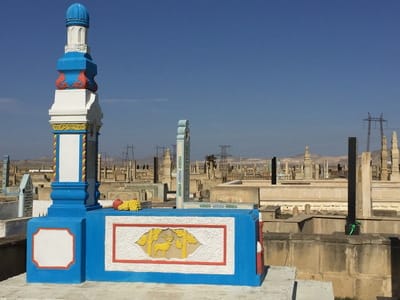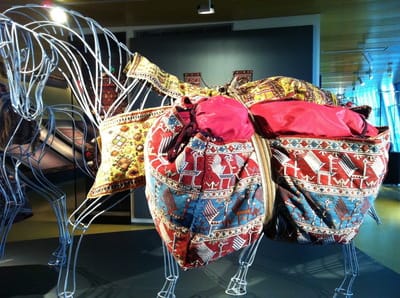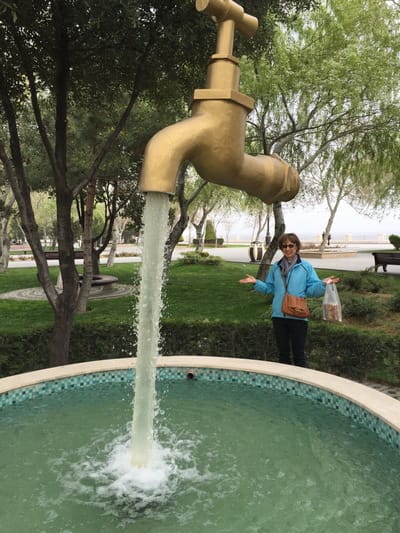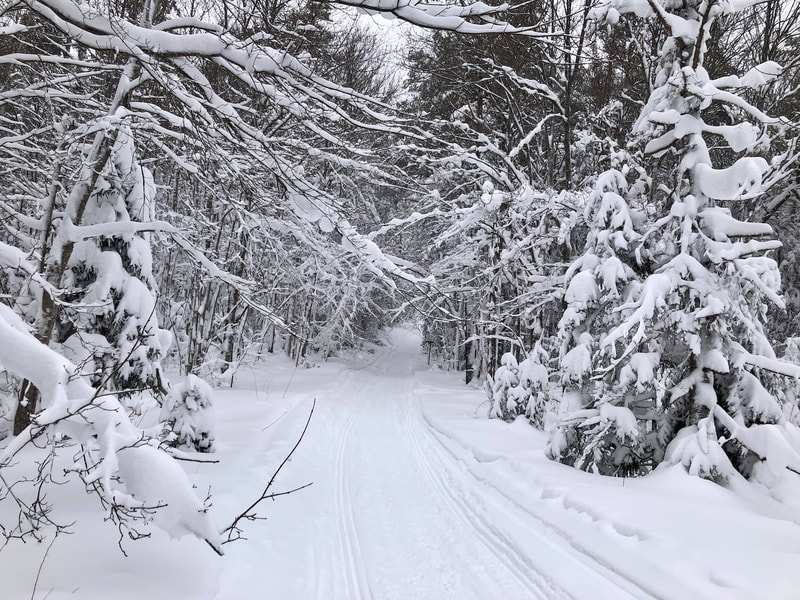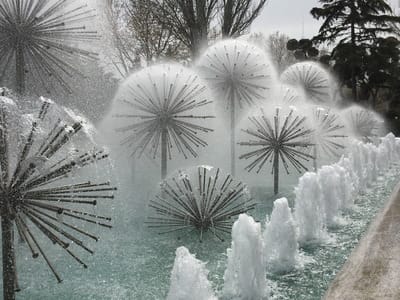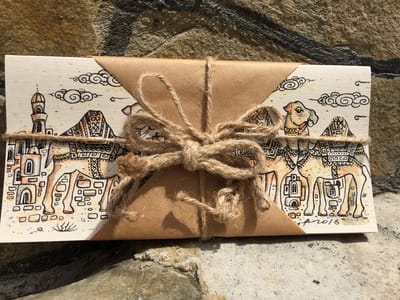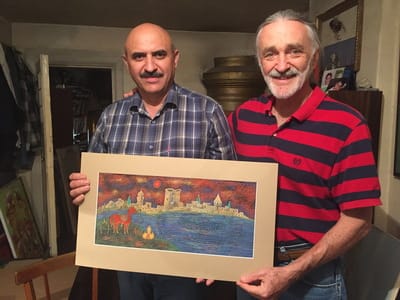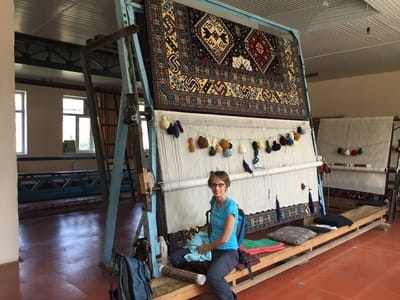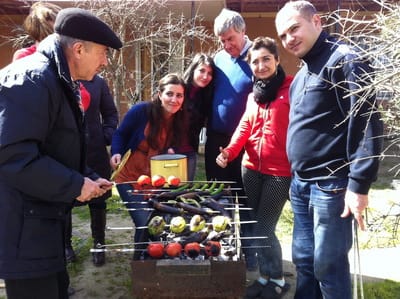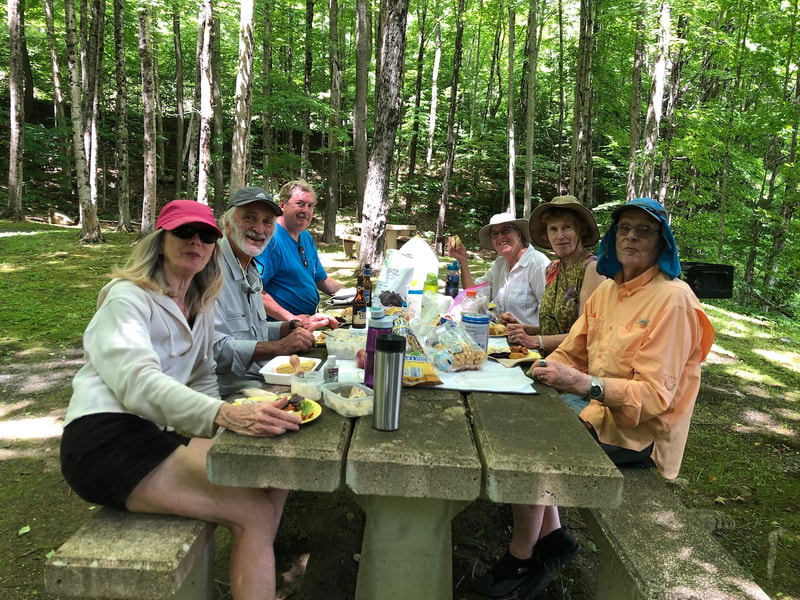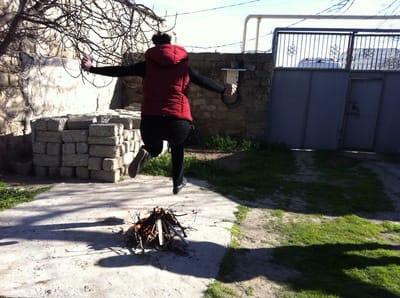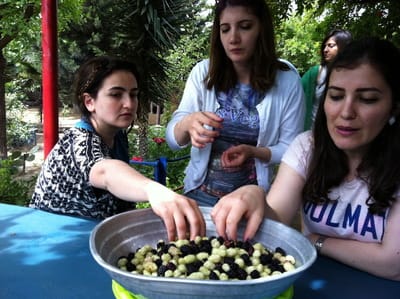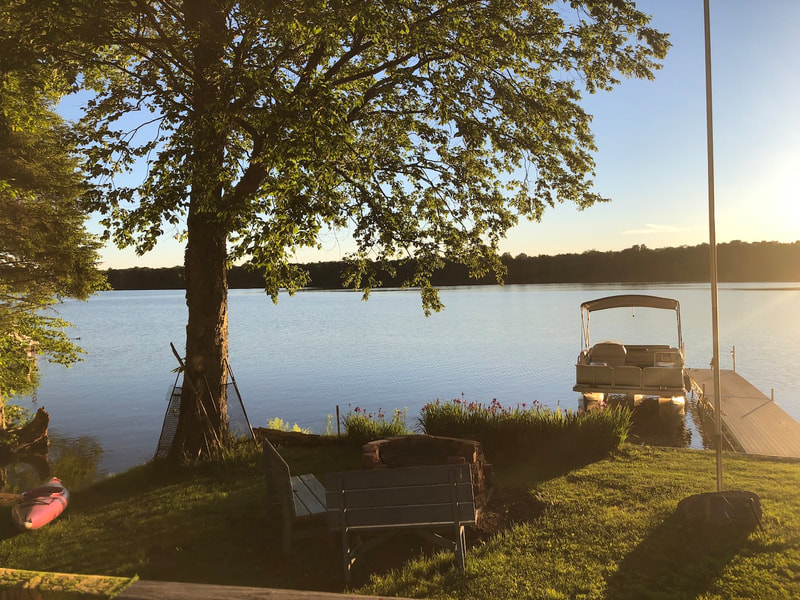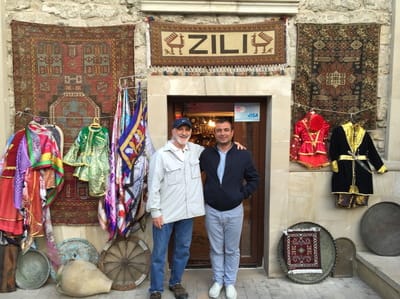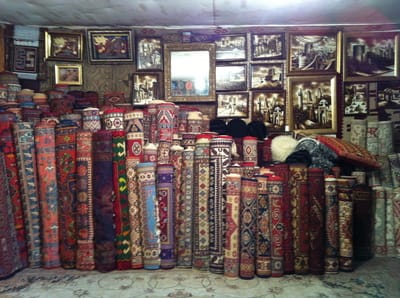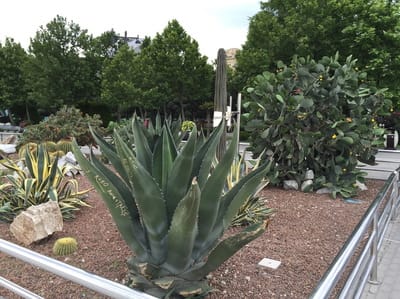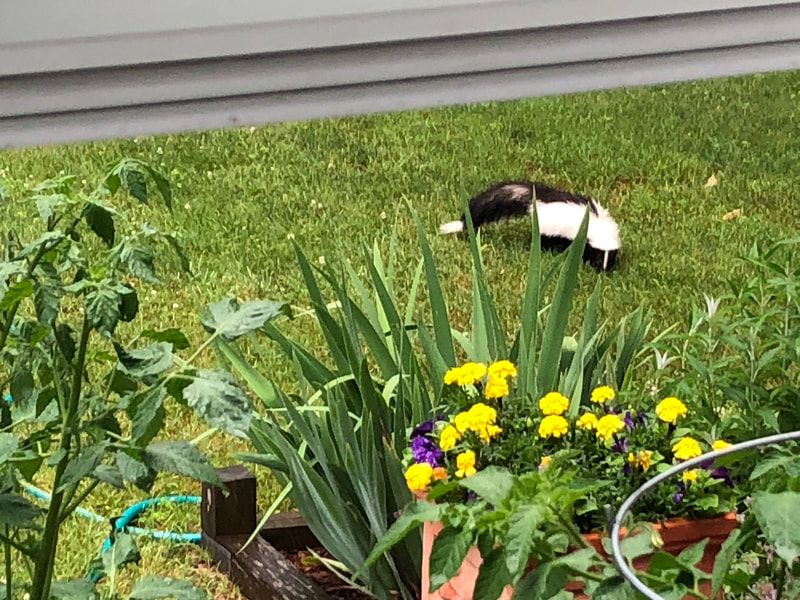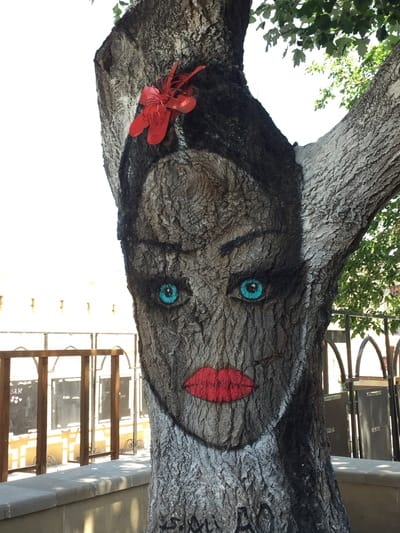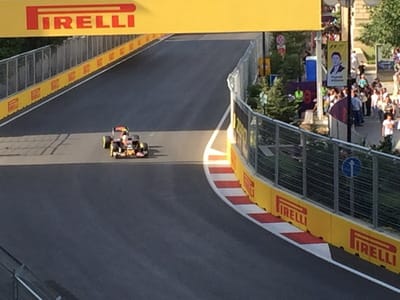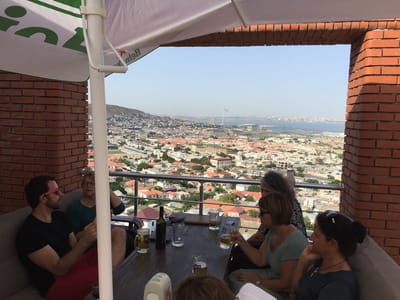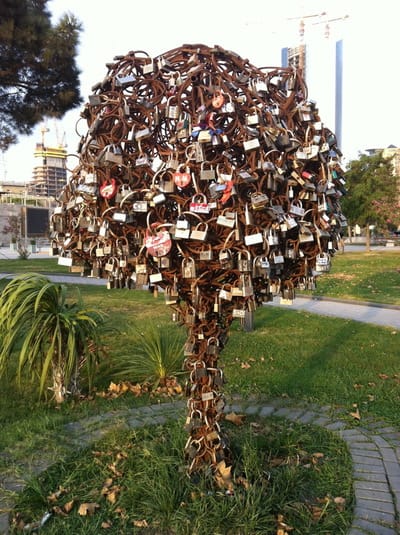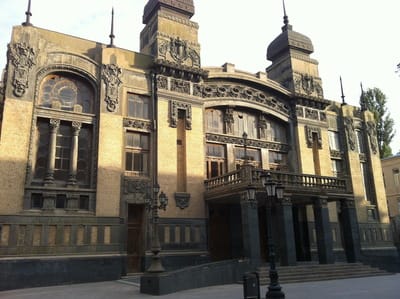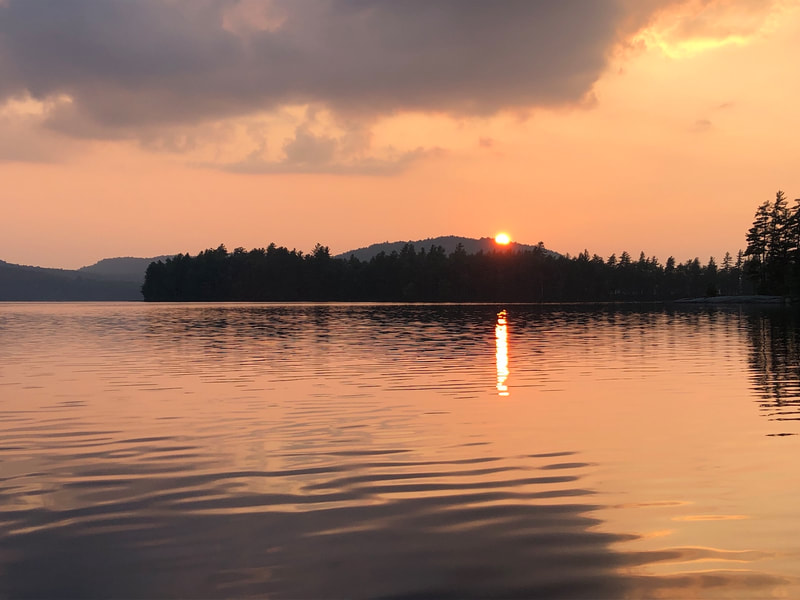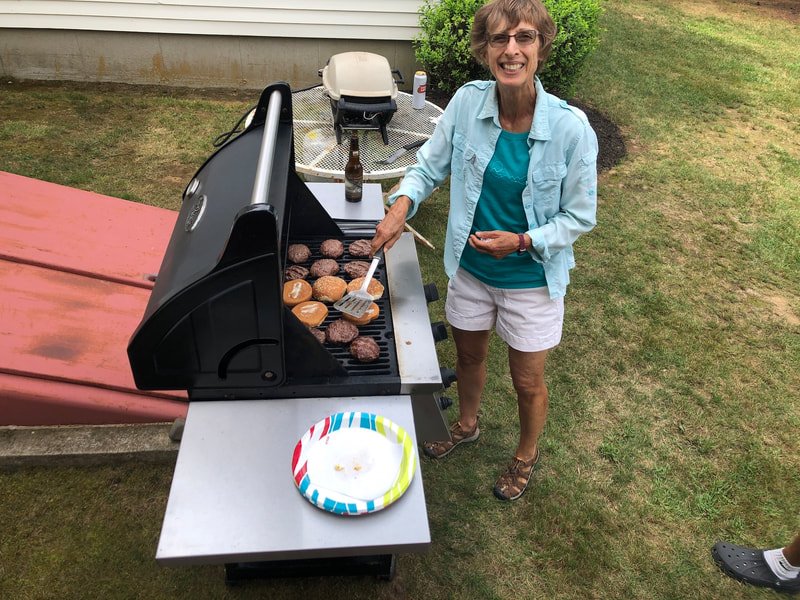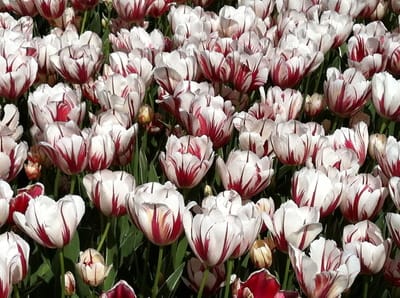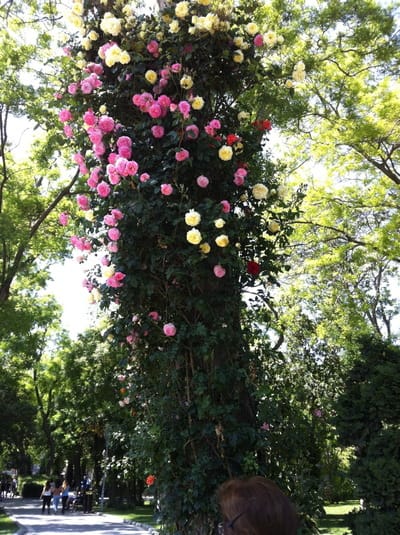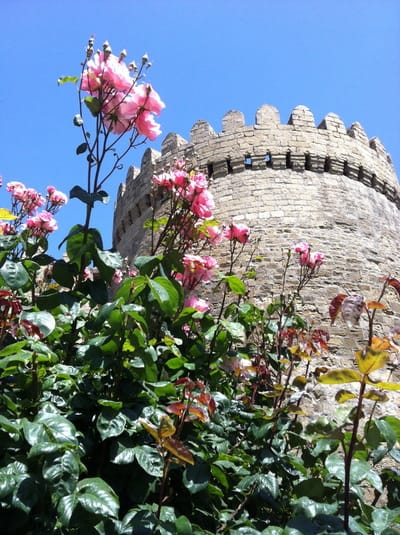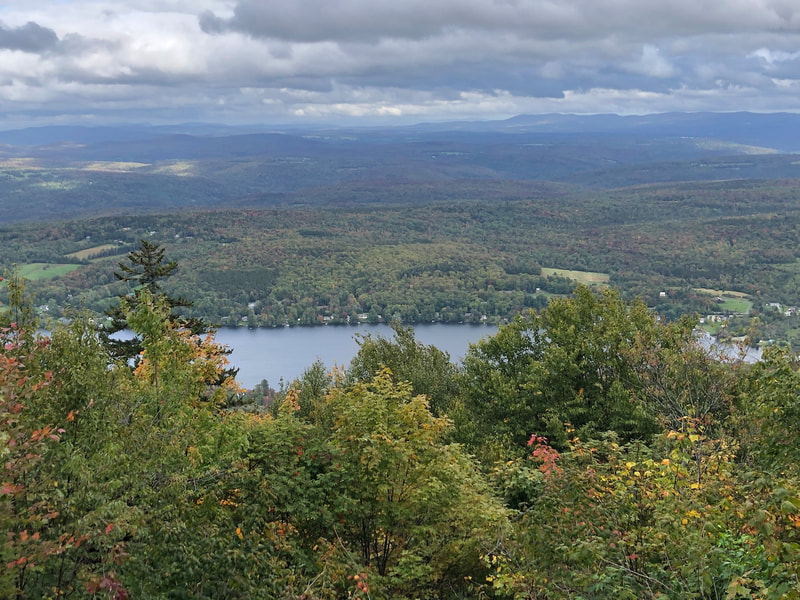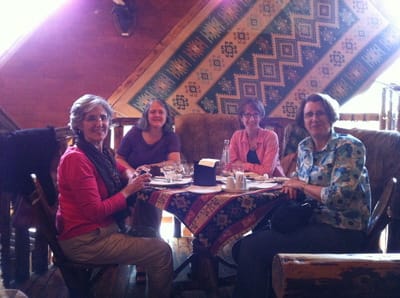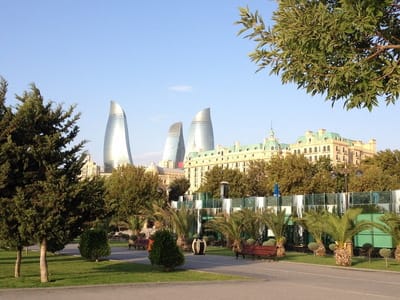- Home
- 2023
- 2019-2022
-
2017-2018
-
2014-2016
-
Azerbaijan
>
- Nakhchivan May 2016
- Quba Apr/May 2016
- Museums Feb 2016
- Friends & Gatherings Baku
- House and Plants
- Around Baku
- Qax June 2015
- Billy's Decade Party
- Ganja & Goygol Oct 2015
- Lahij Feb 2015
- Yanar Dag/Ateshgah
- Petroglyphs/Mud Volcanoes
- Oguz, Xal Xal: Oct 2014
- Absheron Park: Sep 2014
- First 2 Wks Baku: Aug 2014
- Turkey >
- USA >
-
Azerbaijan
>
-
2011-2014
- 2008-2011
- 2006-2008
-
2003-2006
- Cars & Motorbikes
- Mom & Dad
- Seattle & Bellingham
- New Page
Around Baku
Baku is a fascinating city with a blend of ancient and modern, luxurious next to poverty, some of the most amazing architectural buildings we have ever seen along side slums and broken sidewalks, all night bars mixed in with mosques and calls to prayer, the presence of Russian signage, Azerbaijanian cuisine, and a slow emergence of English spoken here…
Parks: Baku does green spaces and parks really well! Parks are located throughout the town with lovely green areas and beautiful flowers. The biggest and most well-known park is the ‘Bulvar’ which is a wide, spacious park with cafes and a 5 mile promenade along the Caspian Sea. Truly well maintained with a European accent: bronze statues, different plants from around the world, and pristine tiled walkways. We lived a 10 minute walk from here and spent lots of time walking and riding bikes along the promenade. The city had trees from all over the world brought into the Bulvar and there was some really exotic trees including olive trees, baobabs and a huge cactus garden. They would completely shield the delicate trees in huge plastic coverings during the winter time. Thousand and thousands of beautiful flowers were planted throughout the park. At one end was the largest in the world! Imagine a flag as large as an American football field. Azerbaijan seems to love fountains and there were many different types of fountains scattered throughout the parks in the city. There was a lovely park just across from Ann’s office where roses grew circling up trees - when they were in bloom, it was a beautiful effect.
City Center: We lived in the city center, which was a no-car zone, walking only, shopping and eating. There were wide, stone paved streets throughout this area. People would come from all over the city to wander the area, shop (or window shop), you could stop for some tea at an outdoor cafe, or get any kind of food. This area tended to have the higher priced shops. There was always something going on in the city center such as an outdoor concert, athletic event, flash mobs, and more.
Museums: Baku boasted many museums - art, history, chocolate, etc. One of the most interesting was the Carpet Museum which is housed in a building constructed to look like a rolled-up carpet. Inside, you viewed the rich history and carpet making in Azerbaijan and viewed many old and new carpets.
Carpets: to continue with the carpet theme, Azerbaijan is well known for its carpets. Each region has its own special designs and colors. Carpets are all hand-made from natural dyes. Women sit at large frames and following a small print out of the carpet pattern, tie millions of knots to create the beautiful pieces. It’s great fun to go carpet shopping - any shop will first offer you tea, then get an idea of what size, price-range, material you are looking for and then start to show their wares. They pull out carpet after carpet, then you start eliminating them until you have it down to your favorites… and then you either choose one or maybe you can’t decide so you end up with two or three!
Old City: Baku’s Old City is a walled section dating back to at least the 12 century with some believing that it is closer to the 7th. Inside the walled area, you walk the twisting, narrow streets and can imagine yourself watching a camel caravan stopping here to trade their wares. History says that all caravans that came into the area had to clean the camels’ feet and clean up after them! Inside the walls are a mosque, palace, monuments, ancient bath house, and the Maiden Tower which is the most famous of the ancient monuments. No one is entirely sure what the function of the tower was - hypotheses range from a Zoroastrian Temple to an astronomy observatory. Today, inside the city walls are also a plethora of restaurants and cafes, boutique hotels, and many souvenir shops along side homes that have been in families for generations.
Shopping: Grocery shopping in Baku was quite easy when we were there, but we understand that it had only been recently that large supermarkets had come to the area. Along with the supermarkets were local markets on most every street with the freshest, most delicious fruits and vegetables. On a side street near where we lived there was a market where we stopped most everyday to get fresh fruit and veg. Also within a 2 minute walk were 2 other small markets where we could get most things we needed - no need to drive a car and load up for a week at a time! Our second story apartment was located on top of a restaurant. We called it our ‘downstairs kitchen’ - great pide and lentil soup a a moments notice. Occasionally, the ladies would go out for a shopping day where we would choose an area of town and cruise the small street shops - it was always fun with good company, always a good lunch and maybe a bargain or two to be found. There were some very high-end shopping malls with international brands as Baku had some very wealthy people living there. You could easily purchase your Ferrari or Porsche with no problem! The “Airport Market’ was a HUGE market of acres and acres of shops outside of Baku where you could get anything you could imagine.
Architecture: Baku had some of the most beautiful buildings that we have seen anywhere in the world. The Flame Towers were 3 towers curved to look like flames that rise above the city skyline and at night lights make flames dance across the towers. (Azerbaijan is known as the Land of Fire) Heydar Aliyev was the first president of Azerbaijan after the Soviet occupation of 70 years. The center named for him is a magnificent structure noted for its flowing, curved style that has no sharp angles anywhere. So impressive! It houses an auditorium, gallery, and museum. We watched a concert there, visited the Heyday Aliyev museum and went to a Classic Car show all at the center. The auditorium was impressive, but the seats were way to close together with no leg room!
Restaurants: Like most large cities, Baku has a multitude of restaurants with all kinds of food - even a Chinese restaurant that rivaled any we ate in in China. Living in the city center gave us easy access to so many choices - fancy a burger? traditional food? vegetarian? Any price range was available. KFC and McDonalds represented the international fast food choices. Baku has lovely weather for much of the year and it boasts many, many outdoor cafes and restaurants where you can get a full meal or just stop for a cup of tea which would be served in an hour-glass shaped glass. In Azerbaijan, tea is a big part of the culture, and no visit, meal, or business transaction is compete without a glass of tea. TGIF saw us meeting in many different restaurants to celebrate making it through another week of work!
Performances: There were many cultural performances in Baku - concerts, dances, puppet shows, etc. We went to some traditional performances and enjoyed the costumes and dancing - how can those men twirl and swirl, stamp their feet, and land on their knees?? Occasionally there would be English movies playing, never very crowded and once we went to an early show and were the only ones in the entire theater - we had our own private showing!
Port Baku: Baku is located on the Caspian Sea and has a port there. The sea is totally surrounded by land, but provides for several countries to conduct trade. At the end of the Bulvar was port Baku. It is a small port with only a few vessels there, while the larger ships go to outlying areas.
Cemetery: Yusif, the artist from European Azerbaijan School, took us to an old cemetery outside of Baku where he got inspiration for some of his artwork. It was fascinating to see the monuments there, many with representations of sewing machines, tea kettles, horse and buggy engraved into the stones.
European Games: In 2015 Baku hosted the first European Games which was like a European Olympics. The organizers and runners of the events did a fabulous job as it was all smooth running and very impressive (very different from the typical Azerbaijani way!) The opening ceremony show rivaled any done at an Olympics. Tickets were very inexpensive which was good for the local people. Baku definitely wishes to present a European flair to the rest of the world.
Formula One Race: Grandstands and barricades were set up, traffic was rerouted for weeks, the faces of any buildings on the route were painted and cleaned so that they looked good on TV. As with the European Games it was well done and successful. The large procurement of the necessary items to put on this race will be used for the next several years as they plan on continuing the race each year.
Ilkin’s Summer House: Outside of Baku, Ilkin’s family (ATDC employee) had a summer house with huge gardens, fruit trees, and lovely areas to set and enjoy nature. Twice, ATDC went here for a day of camaraderie, eating, and relaxation.
2015-2016 Political Situation: The country’s main income is derived from oil and gas. This country at one time just prior to WWI produced over 50% of the world’s oil. The Rockefellers and Nobels got their enormous wealth from their oil dealings in this country. This wealth continues to be contained in the elite of the government with all the issues of a powerful single political party who continues to dominate all decisions in the country. The current president is the son of the founding father of Azerbaijan when the Soviets released this country from its control in 1990.
The enormous expenditures on buildings and infrastructure were not able to be continued during the loss of oil prices. Several devaluations of their Manat currency hit hard on the locals, projects were suspended. However, it has not been that long ago that many of the older citizens remember harder times, they will cope with the ups and downs. The younger populace will be the ones who will complain about the huge divide between the wealthy and ‘the rest of the nation’.
Bus and Transportation Systems: 25¢ will allow you to go anywhere a bus route could take you. Enter the back of the bus or the front of the bus, no problem. You only pay when you leave! People were extremely honest, having only seen one person try to get away without paying. Now this may seem strange to get out the back door, walk around to the front of the bus, pass you coin to a person standing in the doorway who would hand it to the driver, but, this is how it worked. Sometimes the busses were so crowded you just hung onto straps above your head and just swayed to the squeal of the brakes. Electronic cards were being introduced into newer busses as older busses were retired. Bus #18 was my favorite, squeaky brakes and all.To be a bus driver one had to be able to… smoke a cigarette, drink a cup of tea, talk on the phone, make change, and drive the bus - all at the same time!
The metro system was put in during Soviet times and was built also to serve as a bomb shelter so it was deep, deep, deep down. At one stop you rode an escalator (moving quickly) for 2.5 minutes to get all the way down. Once down the stations were huge, airy and decorated with paintings or mosaics. Each stop on the metro had its own classical music, so you could tell which was your stop just by listening to the tune. During rush hour the metros were uncomfortably crowded, but again for 25¢ you could travel anywhere in the city.
Driving in the city was only for the brave or foolish - it was a close contact sport! It was that method of cutting in, driving erratically, etc. that was crazy! Now, parking was a creative endeavor - sidewalks, no-parking zones, 2-3 deep it made no difference. We never really figured out the system for cars that were blocked in by other cars - how did they figure out who would be leaving first and how to get the car out???
Parks: Baku does green spaces and parks really well! Parks are located throughout the town with lovely green areas and beautiful flowers. The biggest and most well-known park is the ‘Bulvar’ which is a wide, spacious park with cafes and a 5 mile promenade along the Caspian Sea. Truly well maintained with a European accent: bronze statues, different plants from around the world, and pristine tiled walkways. We lived a 10 minute walk from here and spent lots of time walking and riding bikes along the promenade. The city had trees from all over the world brought into the Bulvar and there was some really exotic trees including olive trees, baobabs and a huge cactus garden. They would completely shield the delicate trees in huge plastic coverings during the winter time. Thousand and thousands of beautiful flowers were planted throughout the park. At one end was the largest in the world! Imagine a flag as large as an American football field. Azerbaijan seems to love fountains and there were many different types of fountains scattered throughout the parks in the city. There was a lovely park just across from Ann’s office where roses grew circling up trees - when they were in bloom, it was a beautiful effect.
City Center: We lived in the city center, which was a no-car zone, walking only, shopping and eating. There were wide, stone paved streets throughout this area. People would come from all over the city to wander the area, shop (or window shop), you could stop for some tea at an outdoor cafe, or get any kind of food. This area tended to have the higher priced shops. There was always something going on in the city center such as an outdoor concert, athletic event, flash mobs, and more.
Museums: Baku boasted many museums - art, history, chocolate, etc. One of the most interesting was the Carpet Museum which is housed in a building constructed to look like a rolled-up carpet. Inside, you viewed the rich history and carpet making in Azerbaijan and viewed many old and new carpets.
Carpets: to continue with the carpet theme, Azerbaijan is well known for its carpets. Each region has its own special designs and colors. Carpets are all hand-made from natural dyes. Women sit at large frames and following a small print out of the carpet pattern, tie millions of knots to create the beautiful pieces. It’s great fun to go carpet shopping - any shop will first offer you tea, then get an idea of what size, price-range, material you are looking for and then start to show their wares. They pull out carpet after carpet, then you start eliminating them until you have it down to your favorites… and then you either choose one or maybe you can’t decide so you end up with two or three!
Old City: Baku’s Old City is a walled section dating back to at least the 12 century with some believing that it is closer to the 7th. Inside the walled area, you walk the twisting, narrow streets and can imagine yourself watching a camel caravan stopping here to trade their wares. History says that all caravans that came into the area had to clean the camels’ feet and clean up after them! Inside the walls are a mosque, palace, monuments, ancient bath house, and the Maiden Tower which is the most famous of the ancient monuments. No one is entirely sure what the function of the tower was - hypotheses range from a Zoroastrian Temple to an astronomy observatory. Today, inside the city walls are also a plethora of restaurants and cafes, boutique hotels, and many souvenir shops along side homes that have been in families for generations.
Shopping: Grocery shopping in Baku was quite easy when we were there, but we understand that it had only been recently that large supermarkets had come to the area. Along with the supermarkets were local markets on most every street with the freshest, most delicious fruits and vegetables. On a side street near where we lived there was a market where we stopped most everyday to get fresh fruit and veg. Also within a 2 minute walk were 2 other small markets where we could get most things we needed - no need to drive a car and load up for a week at a time! Our second story apartment was located on top of a restaurant. We called it our ‘downstairs kitchen’ - great pide and lentil soup a a moments notice. Occasionally, the ladies would go out for a shopping day where we would choose an area of town and cruise the small street shops - it was always fun with good company, always a good lunch and maybe a bargain or two to be found. There were some very high-end shopping malls with international brands as Baku had some very wealthy people living there. You could easily purchase your Ferrari or Porsche with no problem! The “Airport Market’ was a HUGE market of acres and acres of shops outside of Baku where you could get anything you could imagine.
Architecture: Baku had some of the most beautiful buildings that we have seen anywhere in the world. The Flame Towers were 3 towers curved to look like flames that rise above the city skyline and at night lights make flames dance across the towers. (Azerbaijan is known as the Land of Fire) Heydar Aliyev was the first president of Azerbaijan after the Soviet occupation of 70 years. The center named for him is a magnificent structure noted for its flowing, curved style that has no sharp angles anywhere. So impressive! It houses an auditorium, gallery, and museum. We watched a concert there, visited the Heyday Aliyev museum and went to a Classic Car show all at the center. The auditorium was impressive, but the seats were way to close together with no leg room!
Restaurants: Like most large cities, Baku has a multitude of restaurants with all kinds of food - even a Chinese restaurant that rivaled any we ate in in China. Living in the city center gave us easy access to so many choices - fancy a burger? traditional food? vegetarian? Any price range was available. KFC and McDonalds represented the international fast food choices. Baku has lovely weather for much of the year and it boasts many, many outdoor cafes and restaurants where you can get a full meal or just stop for a cup of tea which would be served in an hour-glass shaped glass. In Azerbaijan, tea is a big part of the culture, and no visit, meal, or business transaction is compete without a glass of tea. TGIF saw us meeting in many different restaurants to celebrate making it through another week of work!
Performances: There were many cultural performances in Baku - concerts, dances, puppet shows, etc. We went to some traditional performances and enjoyed the costumes and dancing - how can those men twirl and swirl, stamp their feet, and land on their knees?? Occasionally there would be English movies playing, never very crowded and once we went to an early show and were the only ones in the entire theater - we had our own private showing!
Port Baku: Baku is located on the Caspian Sea and has a port there. The sea is totally surrounded by land, but provides for several countries to conduct trade. At the end of the Bulvar was port Baku. It is a small port with only a few vessels there, while the larger ships go to outlying areas.
Cemetery: Yusif, the artist from European Azerbaijan School, took us to an old cemetery outside of Baku where he got inspiration for some of his artwork. It was fascinating to see the monuments there, many with representations of sewing machines, tea kettles, horse and buggy engraved into the stones.
European Games: In 2015 Baku hosted the first European Games which was like a European Olympics. The organizers and runners of the events did a fabulous job as it was all smooth running and very impressive (very different from the typical Azerbaijani way!) The opening ceremony show rivaled any done at an Olympics. Tickets were very inexpensive which was good for the local people. Baku definitely wishes to present a European flair to the rest of the world.
Formula One Race: Grandstands and barricades were set up, traffic was rerouted for weeks, the faces of any buildings on the route were painted and cleaned so that they looked good on TV. As with the European Games it was well done and successful. The large procurement of the necessary items to put on this race will be used for the next several years as they plan on continuing the race each year.
Ilkin’s Summer House: Outside of Baku, Ilkin’s family (ATDC employee) had a summer house with huge gardens, fruit trees, and lovely areas to set and enjoy nature. Twice, ATDC went here for a day of camaraderie, eating, and relaxation.
2015-2016 Political Situation: The country’s main income is derived from oil and gas. This country at one time just prior to WWI produced over 50% of the world’s oil. The Rockefellers and Nobels got their enormous wealth from their oil dealings in this country. This wealth continues to be contained in the elite of the government with all the issues of a powerful single political party who continues to dominate all decisions in the country. The current president is the son of the founding father of Azerbaijan when the Soviets released this country from its control in 1990.
The enormous expenditures on buildings and infrastructure were not able to be continued during the loss of oil prices. Several devaluations of their Manat currency hit hard on the locals, projects were suspended. However, it has not been that long ago that many of the older citizens remember harder times, they will cope with the ups and downs. The younger populace will be the ones who will complain about the huge divide between the wealthy and ‘the rest of the nation’.
Bus and Transportation Systems: 25¢ will allow you to go anywhere a bus route could take you. Enter the back of the bus or the front of the bus, no problem. You only pay when you leave! People were extremely honest, having only seen one person try to get away without paying. Now this may seem strange to get out the back door, walk around to the front of the bus, pass you coin to a person standing in the doorway who would hand it to the driver, but, this is how it worked. Sometimes the busses were so crowded you just hung onto straps above your head and just swayed to the squeal of the brakes. Electronic cards were being introduced into newer busses as older busses were retired. Bus #18 was my favorite, squeaky brakes and all.To be a bus driver one had to be able to… smoke a cigarette, drink a cup of tea, talk on the phone, make change, and drive the bus - all at the same time!
The metro system was put in during Soviet times and was built also to serve as a bomb shelter so it was deep, deep, deep down. At one stop you rode an escalator (moving quickly) for 2.5 minutes to get all the way down. Once down the stations were huge, airy and decorated with paintings or mosaics. Each stop on the metro had its own classical music, so you could tell which was your stop just by listening to the tune. During rush hour the metros were uncomfortably crowded, but again for 25¢ you could travel anywhere in the city.
Driving in the city was only for the brave or foolish - it was a close contact sport! It was that method of cutting in, driving erratically, etc. that was crazy! Now, parking was a creative endeavor - sidewalks, no-parking zones, 2-3 deep it made no difference. We never really figured out the system for cars that were blocked in by other cars - how did they figure out who would be leaving first and how to get the car out???
